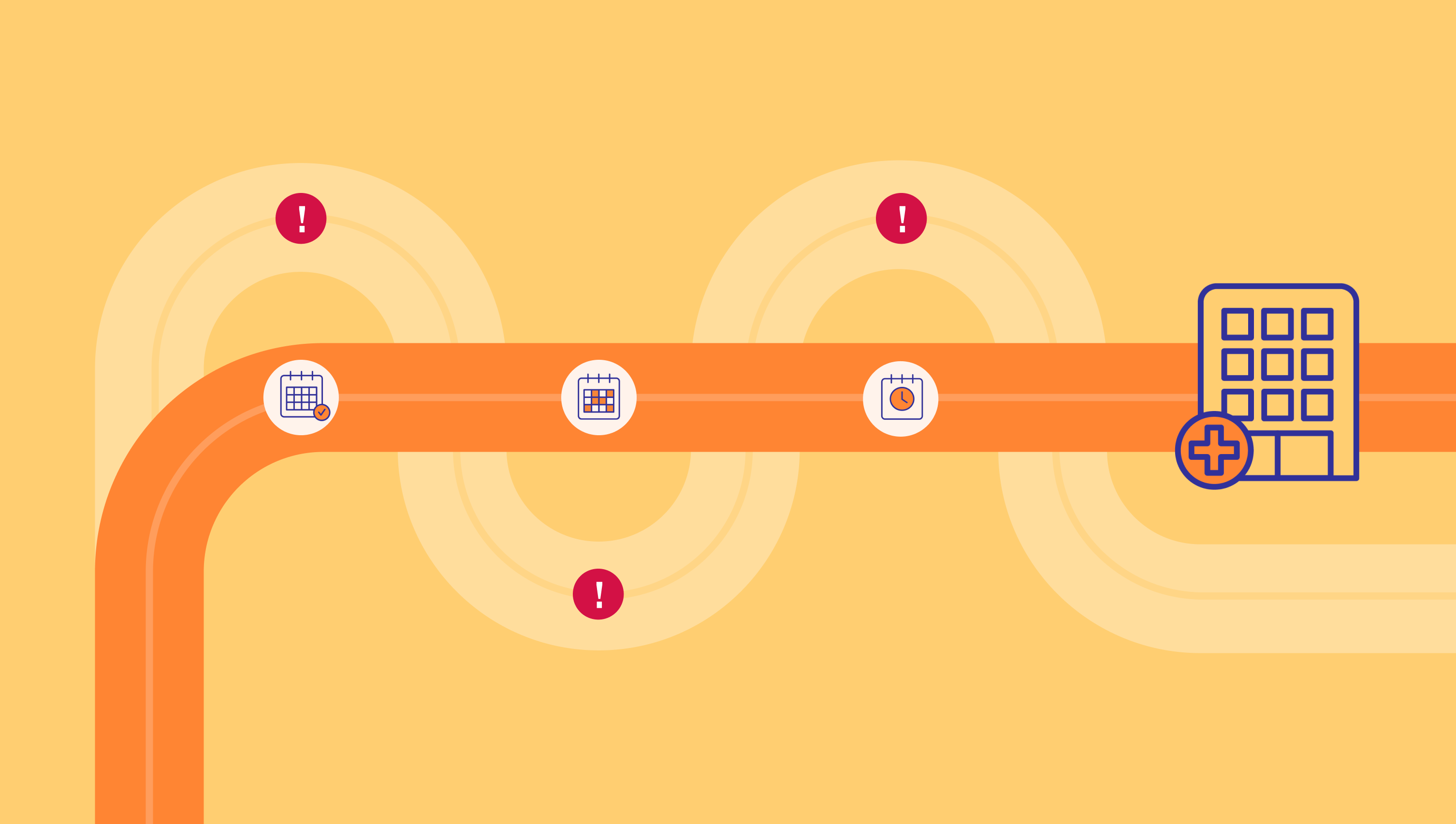How an EHR-only Approach Creates Care Gaps and Risks Revenue

Patient care extends well beyond the minutes that a clinician and patient pass in an exam room together. The ensuing visit notes are just one piece of the continuum. Healthcare systems have long integrated selections from a smorgasbord of technology tools to document care, optimize practice operations, and integrate patients’ financial journeys…with varying degrees of interoperability and success.
Moving into 2024, healthcare providers report momentum towards consolidating tech stacks, looking to existing solutions for add-on capabilities before evaluating new vendors. Many EHR vendors are expanding beyond their core functionality of care documentation with solutions across the patient care journey. But organizations should tread with care.
Enterprise EHR is not one-size-fits-all
Every organization has unique aspects that influence operation. The gap between patient expectations and system capabilities can be massive, presenting many opportunities for patients to fall into the chasm between.
What’s holding patients back? Research indicates that barriers to self-service include access to the internet, lack of awareness of services, low computer skills, and change in the habit of making appointments over the phone or face-to-face. But even for patients who engage with technology, a challenging process is likely to disenchant and deter. Patients expect a frictionless experience. Anything less will stand between them and a completed appointment. No pressure, right?
The good news is, in a competitive marketplace, healthcare systems have a huge opportunity to deliver a seamless experience to keep patients coming back.
Most systems are designed to work when everything is going right: when patients are fully engaged with all of their tools. But data shows that only about 20-30% of patients make it through a manual scheduling process to a completed appointment. In their wake, they leave the debris of administrative burden, network leakage, missed appointments, and ultimately: lost revenue.
To capture maximum value from an enterprise EHR, you will need supplemental capabilities and patient engagement guardrails designed to keep the other 70 – 80% of patients in network.
10 Ways that Patient Engagement Platforms Support Patient Retention
- End-to-end SMS capabilities: Patient portals can be limiting – many features hide behind walls of clicks and require a patient’s full, unsustained attention. Text message outreach can go beyond directing patients to their portal. Reach more patients by enabling them to make an appointment or complete pre-visit paperwork by way of text messages, start-to-finish.
- Smart Waitlist Management: Automate the patient-cancel-staff-scramble with a graceful pivot to an integrated process, filling newly-emptied appointment slots as they arise via automated text outreach.
- Streamlined Appointment Management: Enable patients to schedule, reschedule, or cancel appointments through the platform, reducing no-shows and optimizing scheduling efficiency.
- Automated Appointment Reminders from a Recognized Phone Number: Text blasts are often ignored or filtered as spam. When patients receive reminders via a trusted organization’s phone number, practices realize improved appointment attendance rates and reduce administrative burdens.
- Secure Communication Channels: Stay HIPAA-compliant. Secure communication between patients and healthcare providers can be integrated within the platform.
- Health Risk Assessments: Administer and analyze health risk assessments through the platform, aiding in early identification of potential health risks and preventive interventions.
- Feedback and Satisfaction Surveys: Collect patient feedback and satisfaction surveys through the platform to gauge the quality of care and identify areas for improvement. Automate post-visit follow-ups and surveys to gather insights into patient experiences and monitor recovery progress.
- Pre-Visit Questionnaires: Collect relevant patient information before visits through digital questionnaires, optimizing visit efficiency and information accuracy.
- Remote Check-Ins: The digital front door is in patients’ fingertips. Conduct virtual check-ins through the platform, allowing healthcare providers to focus on what’s important and keep schedules on pace patient well-being between scheduled appointments.
- Billing and Payment Integration: Streamline billing processes by integrating payment functionalities within the platform, enhancing the financial aspects of healthcare service delivery.
Simple, right?
Having all of these in place is great, but if they don’t integrate deeply with your EHR, your organization won’t reap maximum returns. Overworked staff can’t spend time tracking these things down manually. For true Patient Success, these workflows must be deeply embedded in a native EHR, automating processes with closed-loop referrals and EHR writebacks.
Navigating the happy path in the complex landscape of enterprise EHRs requires a thoughtful approach to patient engagement. By addressing gaps with personalized strategies, proactive waitlist management, and consideration of generational nuances, healthcare providers can guide patients seamlessly through their journey, leading to improved outcomes and increased value from their EHR investments.
RESOURCE: Learn more about how Luma integrates with EHRs like Epic to support patient retention.